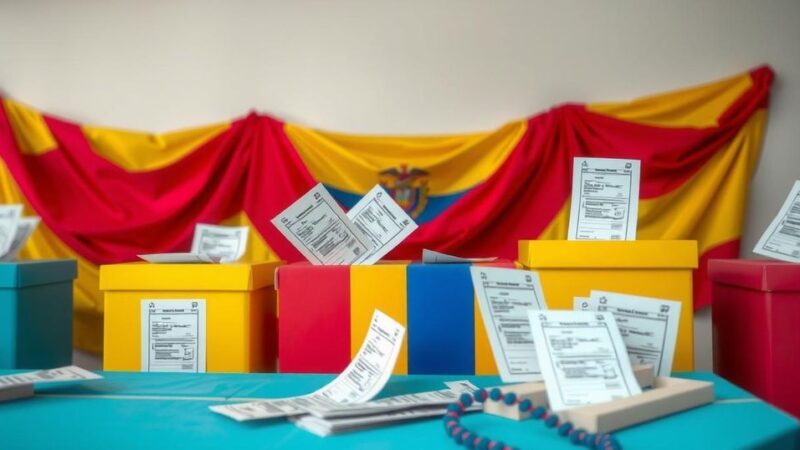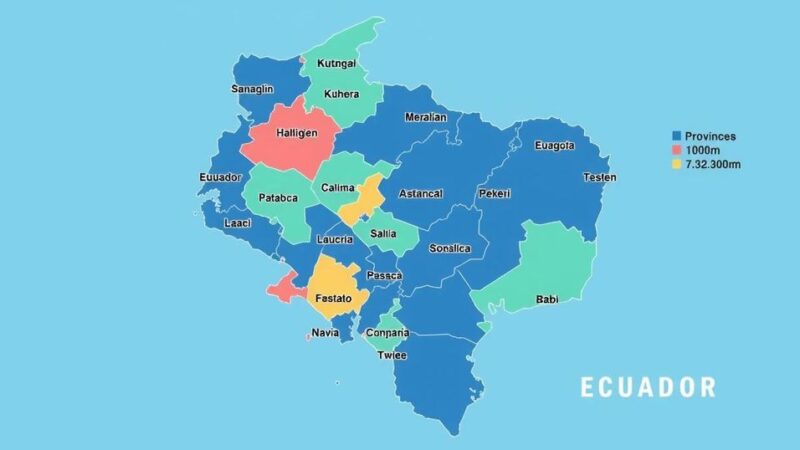The 2025 school year in Peru begins amid political turmoil and educational challenges, including public protests against President Dina Boluarte, widespread school deficiencies, and rising crime rates. Former President Martín Vizcarra critiques the government’s failures, while alarming statistics reveal many schools are unsafe. Recent violent incidents in several regions raise further concerns about public safety. The situation calls for urgent reforms to address these pivotal issues as the country seeks change.
The commencement of the 2025 school year in Peru has been overshadowed by significant challenges, notably political tensions and discontent within the education system. During a recent opening ceremony at G.U.E. Inc. Garcilaso de la Vega school in Cusco, President Dina Boluarte’s pre-recorded address faced public derision, resulting in a premature end to the broadcast. This incident reflected the deepening dissatisfaction with her administration amid critical reports of deficiencies affecting 57 local schools.
Former President Martín Vizcarra, addressing the political implications for education during his visit to Huancayo, highlighted the waning support for Keiko Fujimori following her father’s passing in 2024. He noted, “Without Alberto, many of her former voters are reconsidering their support,” while criticizing Boluarte’s coalition government for a lack of effective leadership, which he claims has led to numerous failures.
In Juliaca, students at school No. 70549 “Virgen del Carmen” were compelled to hold their initiation ceremony outdoors due to serious flooding in classrooms, emphasizing the dire conditions of school infrastructure. Director Rolando Aréstegui Apaza mentioned that they will initially transition to distance learning until the crisis is resolved, highlighting the urgent need for substantial funding for infrastructural repairs.
Moreover, alarming statistics from Wilber Vega Mendoza, Ayacucho’s Ombudsman, revealed that 63% of the region’s schools are in dire need of rebuilding. He stated, “Over half our schools fail to provide minimum conditions for learning,” exposing students to hazardous environments. A notable 60% reportedly lack basic sanitation facilities, which impedes access to essential repair funds.
The rise in crime has exacerbated the challenges facing the educational sector. Recently, Trujillo, La Libertad, experienced two violent incidents, including the shooting of a woman after a cash withdrawal and the murder of a local man. Governor César Acuña expressed dismay at the situation, urging local police to enhance accountability and improve safety measures in the community.
In Lambayeque, a chaotic incident at the Aventura nightclub involved a tear gas detonation that injured numerous attendees, raising questions about security protocols. Subsequently, local authorities took action by closing the venue while investigations continued regarding the tear gas entry.
Additionally, the Maynas Provincial Municipality of Loreto is facing challenges in fee collection for 2025, as city council repealed ordinances governing such charges. This legal vacuum, as highlighted by revenue manager Juan Carlos García Mimbela, poses risks to public services and leaves citizens uncertain about future payments.
As Peru navigates the school year, the convergence of governance issues, rising crime, and educational obstacles presents a troubling landscape. Many citizens express a desire for substantial change, questioning the capacity and willingness of their leaders to effectively address these critical problems.
The opening of the 2025 school year in Peru underscores pressing issues, including discontent towards government leadership, deteriorating education infrastructure, and escalating crime rates. With widespread protests and alarming statistics revealing serious deficiencies in schools, the need for effective governance has never been more urgent. As citizens await substantive reforms, the onus is on leaders to demonstrate accountability and commitment to resolving these multifaceted challenges.
Original Source: evrimagaci.org






